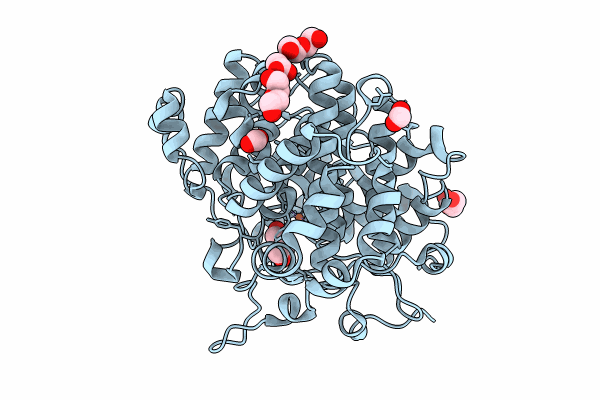
Deposition Date
2024-04-17
Release Date
2024-09-11
Last Version Date
2024-09-11
Entry Detail
PDB ID:
8Z4S
Keywords:
Title:
The crystal structure of a Hydroquinone Dioxygenase PaD with nonnatural substrate S6
Biological Source:
Source Organism:
Aspergillus westerdijkiae (Taxon ID: 357447)
Host Organism:
Method Details:
Experimental Method:
Resolution:
1.93 Å
R-Value Free:
0.24
R-Value Work:
0.20
R-Value Observed:
0.21
Space Group:
P 62


